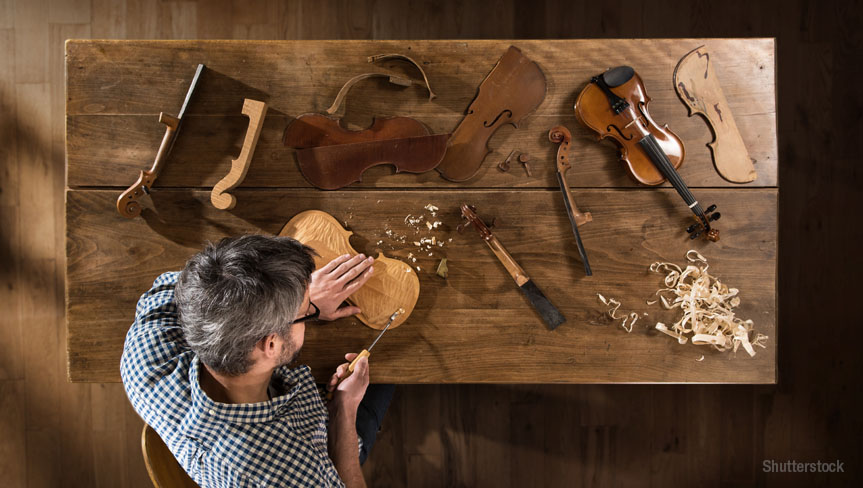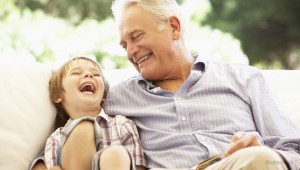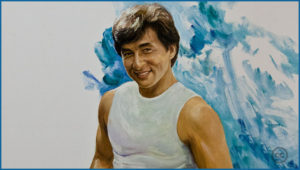What maketh a violin?

Violin
The modern day violin was first designed in Italy by Andrea Amati, of the Amati family, in the 1500s. Future generations of the Amati family – sons Antonio and Girolami and grandson Nicolo Amati – perfected the art of making this musical instrument. Antonio Stradivari and Andrea Guarneri, Nicolo’s pupils, further improvised the design eventually bringing out their own distinct styles.
It takes 70 separate pieces of wood to make a violin. To make these pieces, wood is used from different trees. Quarter sawn maple wood is usually used for making the back, ribs and neck of a violin. The quality of the wood contributes to the tonal beauty of the instrument. Maple is also used to make the bridge. The front portion is made with quarter sawn spruce. The corner and end blocks, as well as the linings are made of willow or spruce. To make the purfling, different woods and fabric may be used. A violin’s fingerboard is usually fashioned from ebony. Its other fittings, such as pegs, tailpiece, and chin rest, can be made from ebony, rosewood, or boxwood. The parts are usually manufactured into finished or semi-finished pieces. The violin maker assembles these pieces to create the final instrument.
Manufacturing a perfect violin is a complicated process. Violins are beneficial for the brain and the body. A person can burn 170 calories in an hour when playing the instrument. Violinists also have better coordination between both sides of the brain than non violinists.




